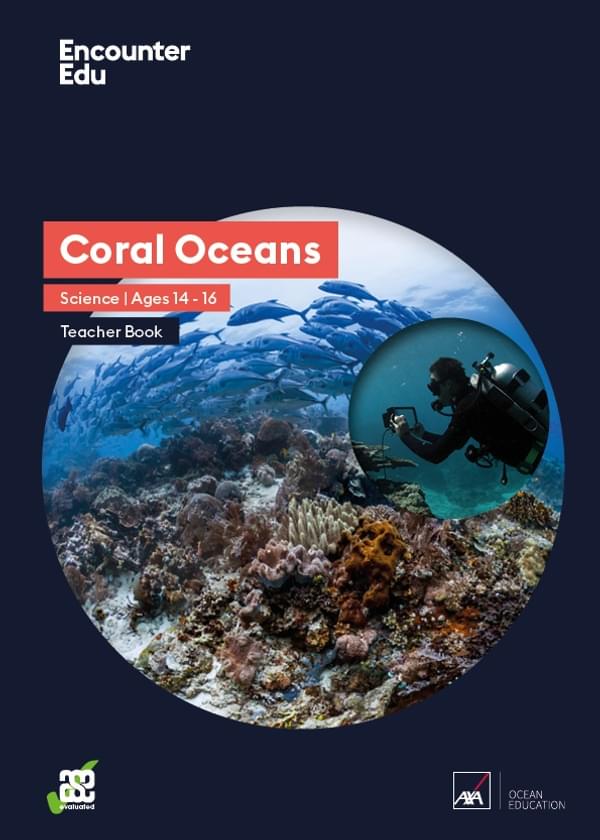Why use 360VR in the classroom
Virtual reality and 360° media technologies offer exciting and immersive experiences for your students, connecting them to the world and beyond. Following on from other technologies such as Google Earth and Skype in the classroom, virtual reality is poised to change the way young people learn about their planet. This is very much ‘bringing the world to the classroom’ like never before.
What is virtual reality education?
While 360° media and virtual reality are used to describe a range of experiences from virtual worlds to gaming, its application in the classroom focuses on the use of 360° photography and video to give students an immersive experience.
More specifically 360° media refer to the actual photography or video which can be viewed via a digital projector or on a computer, tablet or smartphone, with the full virtual reality experience coming from the use of headsets combined with smartphones. If you’ve heard people talking about Google Cardboard or Samsung Gear, this is what they are referring to.
Why is it useful?
Virtual reality and 360° media quite literally put the world in your hands. Think of it as the next step in engaging your students with visual experiences that may have started with black and white photos in a text book, moving through the use of video, slideshows and digital projectors all offering increasing degrees of engagement with the world beyond the classroom walls.
Learning benefits
Immersive
Compared to traditional media, 360° media are completely immersive. There are no distractions. The view completely surrounds you, and you can look up and down, left and right.
Engaging
The power of 360° media is to engage students with other places, cultures and issues. What is it like to be in the Arctic or swim along a coral reef? It is an excellent way of creating empathy with issues such as the refugee crisis.
Active
Unlike watching a standard video or slideshow, 360° media require learners to be active. There is a need to explore, to look around.
Visual
Currently, most 360° media are visual stimulus material, allowing for differentiated learning outcomes. Using a photo of an Arctic glacier, younger students may be asked to describe how they would feel, older students may be asked to identify physical features or extended to describe how they might study such an environment.
Transformative
Last but not least, there is the ‘wow’ factor. For many students, the first experience of virtual reality may be in your classroom. This is an easy way for teachers to keep pace with the speed of digital experience available to young people.

Science | Ages 14-16
Coral Oceans
This Coral Oceans GCSE Science unit of work challenges students to think about the impact they have on coral reefs as they study their importance, the consequences of threats and how to protect them. The cumulative approach to this unit means students will develop skills throughout to complete a decision-making exercise in the last lesson.